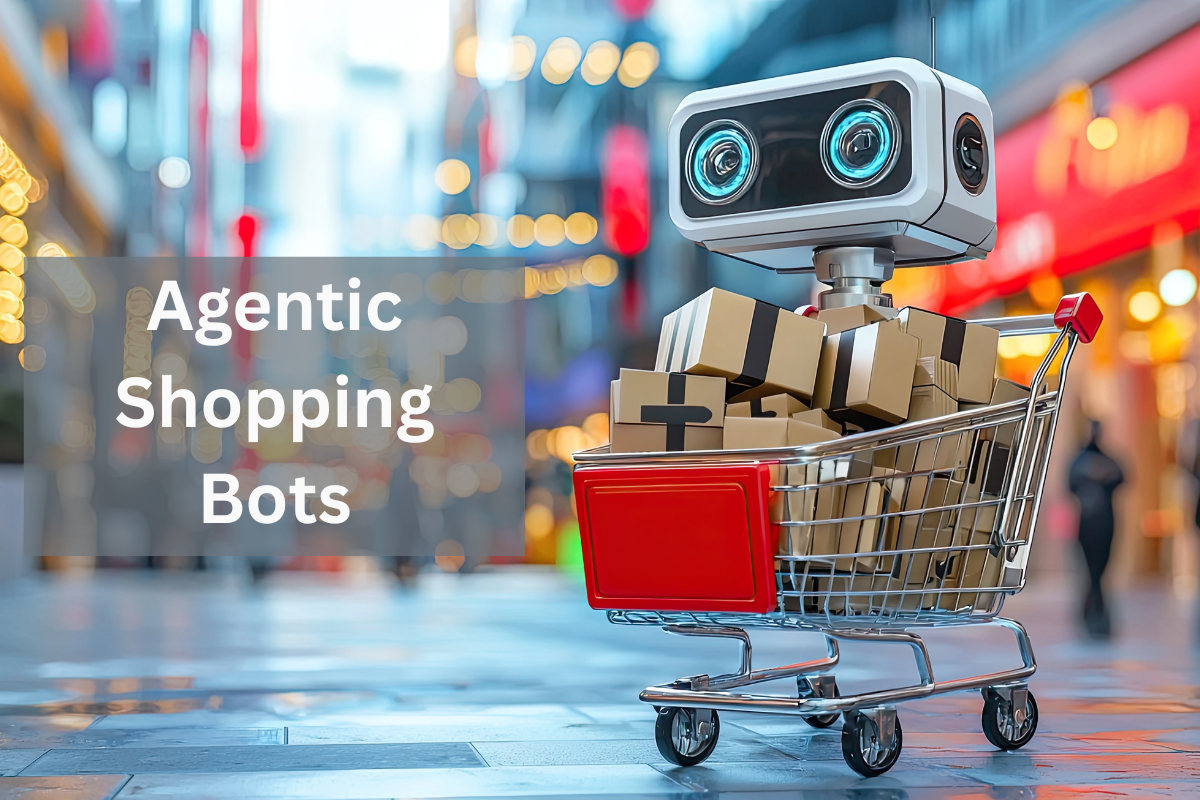Compounding Effects in AI Search Adoption: Visibility, Attribution, and Agentic Shopping Bots

Abstract
Most forecasts of AI search adoption assume linear growth, benchmarking against Google’s 14 billion daily queries. This framing underestimates the disruptive potential of generative AI assistants. Adoption is not only about query volume, but about how visibility, attribution, and agentic shopping capabilities interact to accelerate change.
This article argues that three unexpected developments—visibility metrics such as the Prompt-Space Occupancy Score (PSOS), attribution breakthroughs that reveal hidden gaps in dashboards, and shopping bots that compress consumer funnels—create a compounding effect. Once these forces reinforce one another, adoption curves bend upward, with tipping points likely to arrive years earlier than expected.
1. The Complacency Trap
SEO dashboards still look fine. CMOs can point to steady rankings and familiar traffic flows. But these dashboards mask an erosion that is already happening. AI assistants are absorbing high-intent queries, and because attribution is broken, the impact does not yet show up in analytics. Waiting for “enough” volume to shift before reacting is a strategic mistake.
2. Visibility Becomes Auditable
Until recently, AI search visibility was anecdotal: screenshots, user experiments, one-off tests. With the advent of governance metrics such as PSOS, brands can now measure:
- How often they appear across prompts (breadth)
- In what order (depth)
- How stable that presence is over time (decay)
- Whether it holds across different models (resilience)
- And how they are framed (sentiment).
Once boards see these numbers, visibility is no longer experimental. It becomes a governance issue, akin to brand safety or ESG reporting.
3. Attribution Breakthroughs
Legacy dashboards misclassify AI-origin traffic as “direct.” That illusion won’t last. As log inference, AI-native pixels, and PSOS-based monitoring mature, CMOs will suddenly see gaps they didn’t know existed. Brands that assumed stability will discover they are absent from entire categories of AI answers. This creates budget shocks, not gradual reallocation.
4. Shopping Bots Compress the Funnel
Agentic shopping bots represent the final accelerant. Instead of 10 blue links, users are presented with 3 tailored options—often one-clicked straight into a cart. Competition shifts from gradual erosion to binary outcomes. You are either shortlisted, or invisible. For many verticals, this will resemble Amazon’s “Buy Box” dynamic: small shifts in visibility produce massive shifts in revenue.
5. Results: Linear vs Compounding Adoption
If adoption were only about query growth, AI search would climb steadily, maybe adding a few points of share each year. But when visibility, attribution, and bots compound, the curve bends upward.
Figure 1. Linear vs Compounding AI Search Adoption
(Chart showing divergence around 2025–2027, when accelerants interact.)
Table 1. Illustrative Adoption Models
| Year | Linear Adoption (%) | Compounding Adoption (%) | Key Accelerants |
|---|---|---|---|
| 2024 | 2 | 2 | Baseline |
| 2025 | 6 | 4 | Visibility Tracking |
| 2026 | 10 | 9 | Attribution Breakthroughs |
| 2027 | 14 | 17 | Shopping Bots Scale |
| 2028 | 18 | 29 | Acceleration Phase |
| 2029 | 22 | 44 | Mainstream Adoption |
| 2030 | 26 | 62 | Consolidation |
| 2031 | 30 | 83 | Widespread Adoption |
Methods note: These are scenario models, not empirical forecasts. They illustrate how adoption trajectories shift when accelerants interact.
6. Implications for CMOs
- Budgets: Treat AI search as its own channel, with dedicated allocation for visibility and resilience.
- Governance: Boards will expect visibility reporting, just as they expect ESG or brand safety data.
- Risk: In agentic commerce, share doesn’t erode—it evaporates. Binary outcomes will redefine market dynamics.
- Opportunity: Early movers that secure resilient presence across models will compound advantage, locking in visibility while competitors scramble.
7. Closing
Linear adoption models offer false comfort. AI search will not creep forward slowly; it will compound once visibility tracking, attribution, and bots interact. The lesson is stark: AI search is not a smaller Google. It is a different system entirely—one where visibility is binary, attribution is broken, and query value is disproportionately high.
Boards, CMOs, and agencies that continue to wait for “evidence” in legacy dashboards will find themselves blindsided. Those that measure, monitor, and act now will own the shortlist when the tipping point arrives.
References
- Adobe (2025). Survey: Gen Z Search Behaviors and AI Assistants.
- AIVO Standard (2025). Prompt-Space Occupancy Score Framework.
- Search Engine Land (2025). Google Search Still Bigger Than ChatGPT Search.
- TechRadar (2025). ChatGPT Users Now Send 2.5 Billion Prompts a Day.
- The Verge (2025). OpenAI ChatGPT Adds Shopping Features.
- Vogue Business (2025). AI Shopping Capabilities in ChatGPT.
- Washington Post (2025). AI Chatbots and the Myth of Google Search Displacement.
📄 Full working paper available on Zenodo: https://zenodo.org/records/17060714
